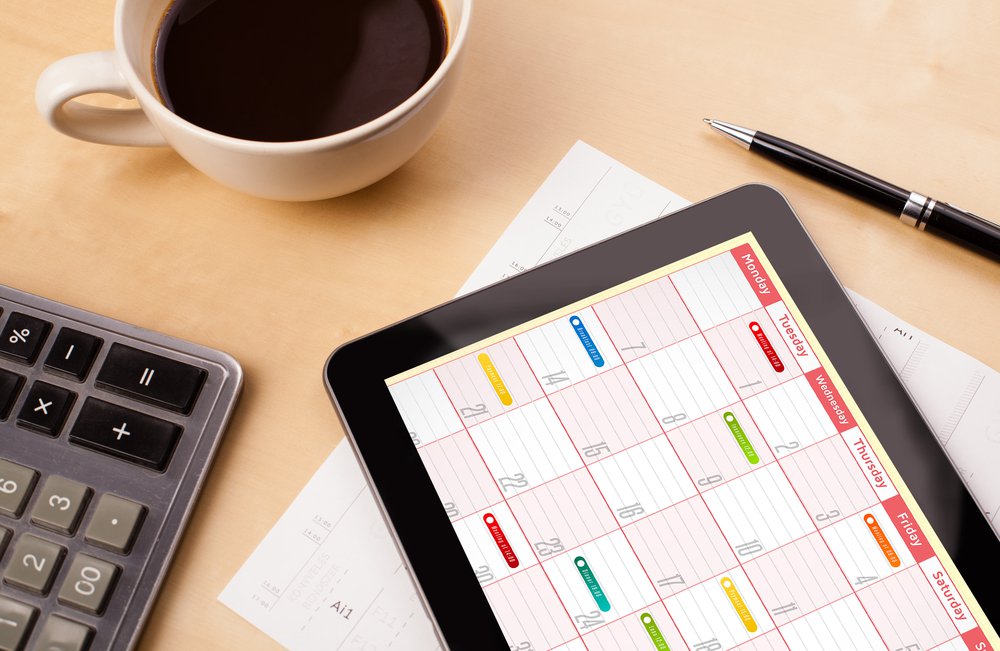How Custom Software Prototypes Build Consensus
As you think through how the software project will change your company, having the right vision is critical to set your company up for success.
In order to be successful, align team members around what you’re trying to achieve and make it a priority. It is no small task.
The following is an excerpt from “How to Plan a Successful Custom Software Project.”
Your software project must be led from the top down — whether that’s the internal champion, the project owner, or the contract signer.
Company Visionary
The leader, or company visionary, needs to focus on the prototype and make sure all key stakeholders from all departments are involved at the right time. Your stakeholders need to take part in designing the software, avoiding assumptions, and providing their opinions on different features.
One of the most significant problems is visualizing the solution. While staff members can show you where the problems are, they can’t always explain why it’s a problem. And the software company will say, “sure we can solve that for you.” But when you have a one-hundred-page requirements document that tells you what the software is going to solve and how it’s going to solve it, you still may not have a connection between the problem and the solution.
With a prototype, you’ll be able to view and experience the solution that will be built. Prototyping is critical since 65% of people are visual learners. Your prototype can be easily shared among team members, so they will have a better understanding of how the software solves their problems.
Without a prototype, there will be a disconnect. While your planned software project may make sense from a practical standpoint, you have no idea if your project will provide your company with a concrete solution to your unique problem.
The prototype shows how the problem is solved and helps to manage expectations. Those expectations carry through not only with the developer and the client’s primary point of contact but also internally among company stakeholders.
Custom Software Prototype
Other reasons for using a prototype for your custom software project include flexibility, cost of changes, user involvement, and predictability. Let’s look at each of those in a little more detail.
- Flexibility: The prototype does not use real data or databases. If users aren’t happy with the concept (even the entire concept), redoing the prototype from scratch wouldn’t be a problem. If you are in development and the entire concept needs to be replaced, redoing this could take days or weeks. Also, the impact to the business would be critical, possibly to the point of closing down and restarting the project.
- Cost of Changes: With one to three people involved in creating the prototype versus six to ten people involved in development, the time required to create a prototype and make changes is about three to four times less compared to development. Along the same lines, making changes before development begins will save a substantial amount of time and money.
- User Involvement: With a prototype, staff in different roles can experience their part of the software like it’s already built. Actual user experience promotes much better participation. Software bugs can be found early and necessary changes can be made efficiently. Having everyone participate in the prototype and getting their feedback helps to create a strong product that everyone is eager to use.
- Predictability: A prototype helps the user know the product before a single line of code is written. It gives the user confidence to know how the custom software will work for them. The process becomes much less stressful. And with the budget guarantee, they know what the costs and timeline will be which is rare for the software industry.
To learn more about how custom software prototypes build consensus, download your copy of “How to Plan a Successful Custom Software Project.”



